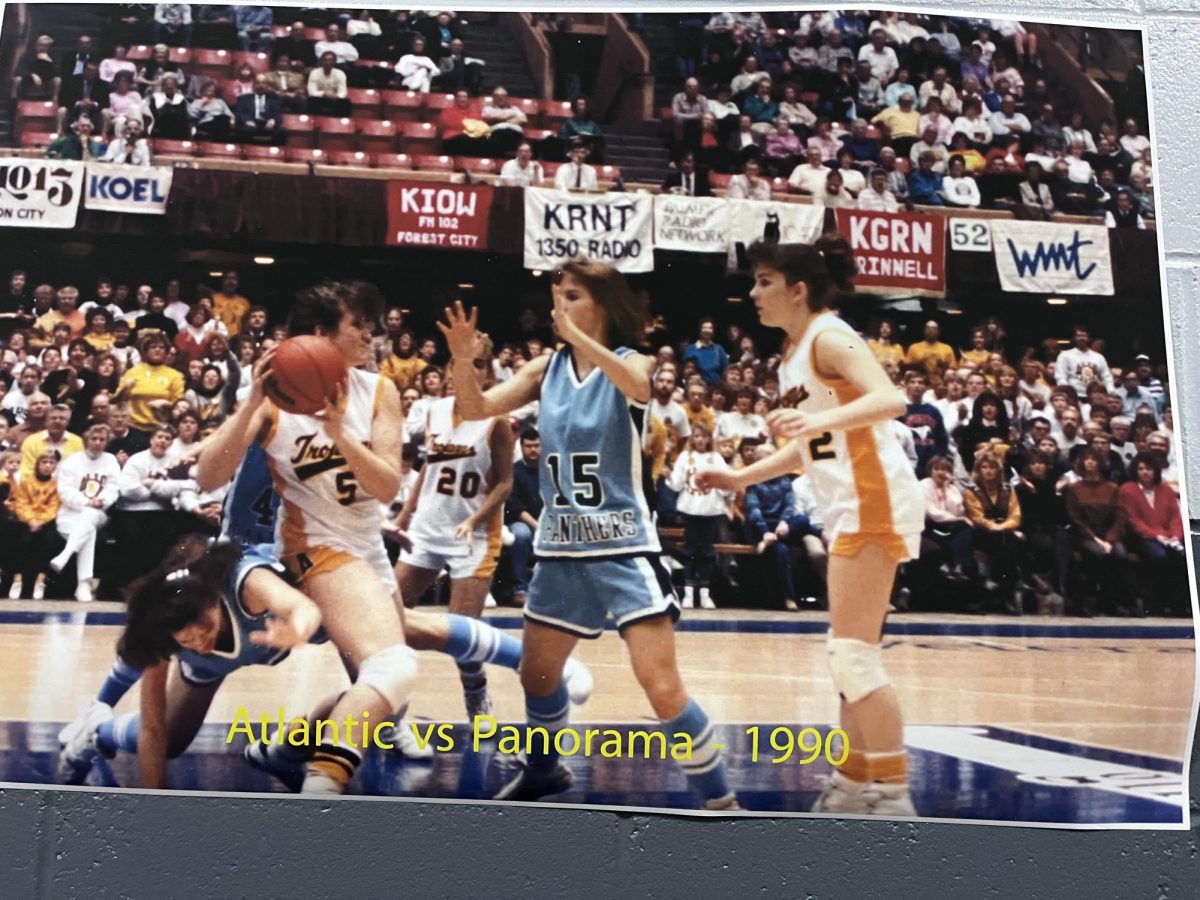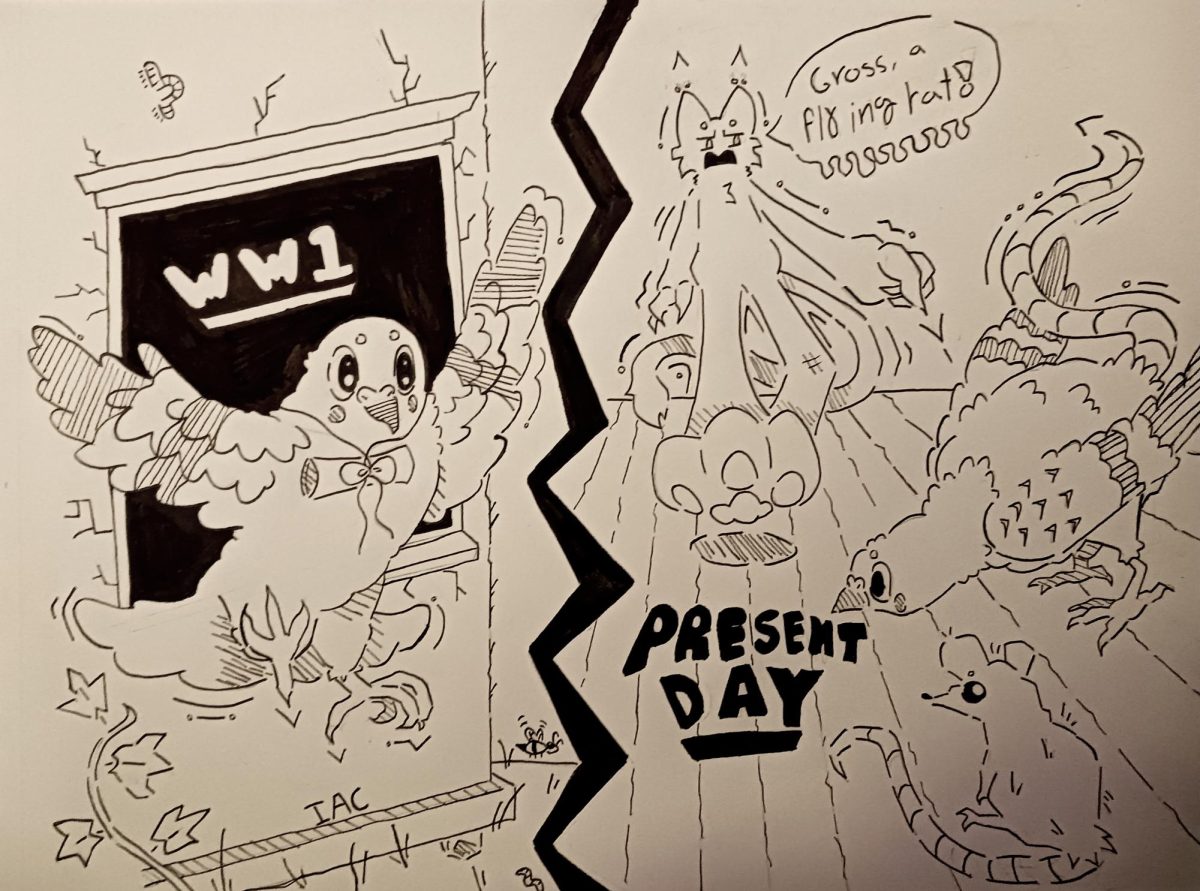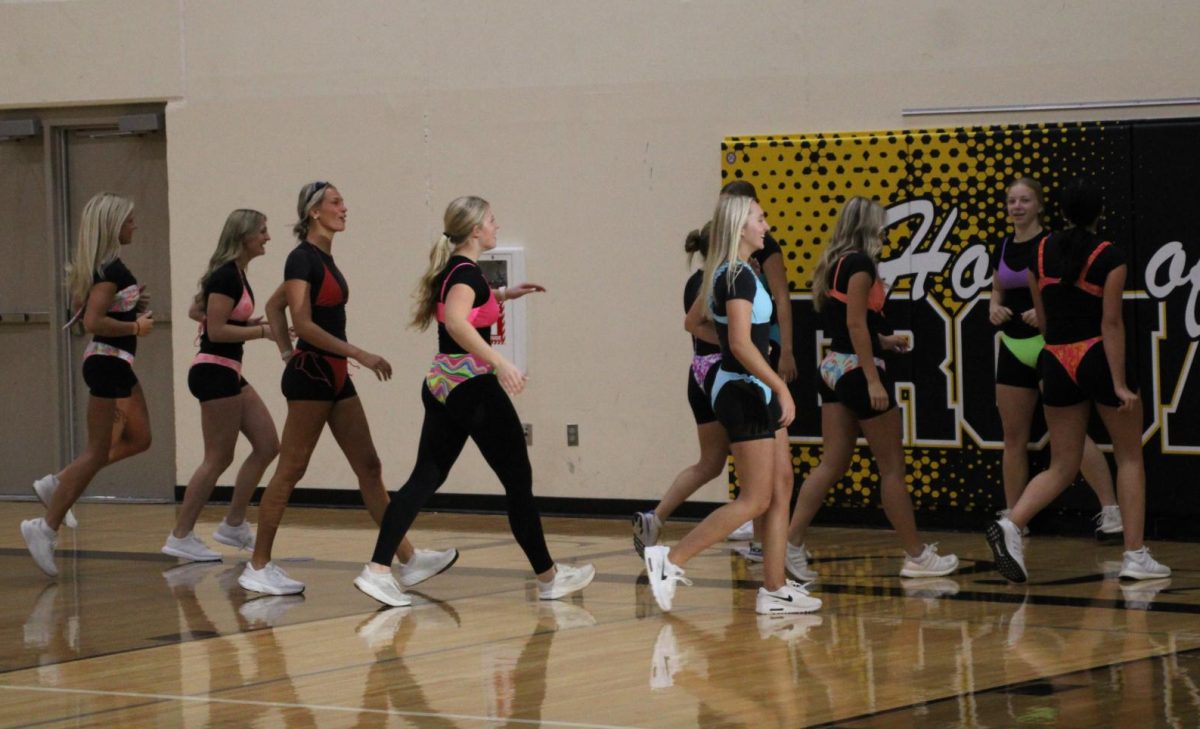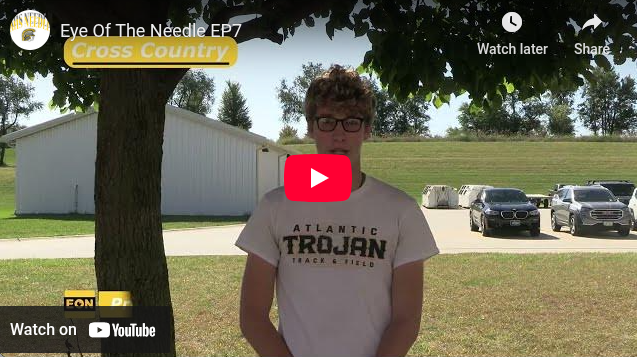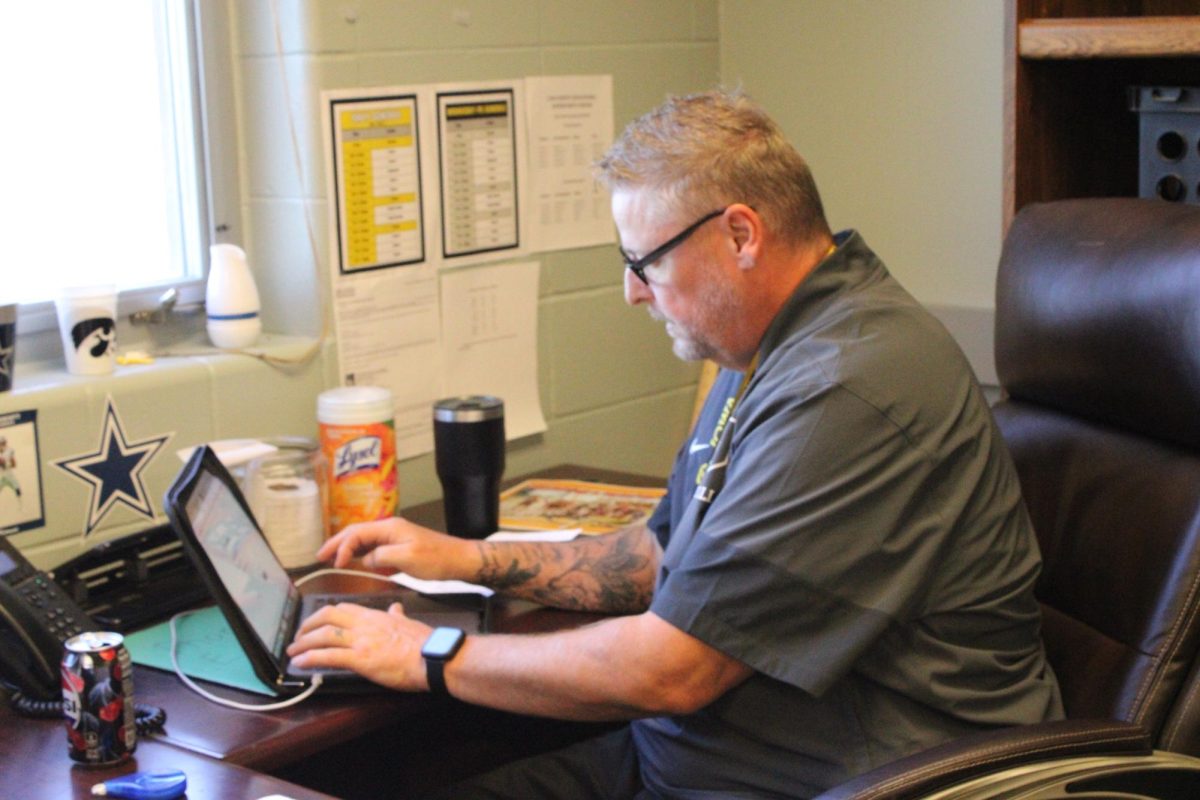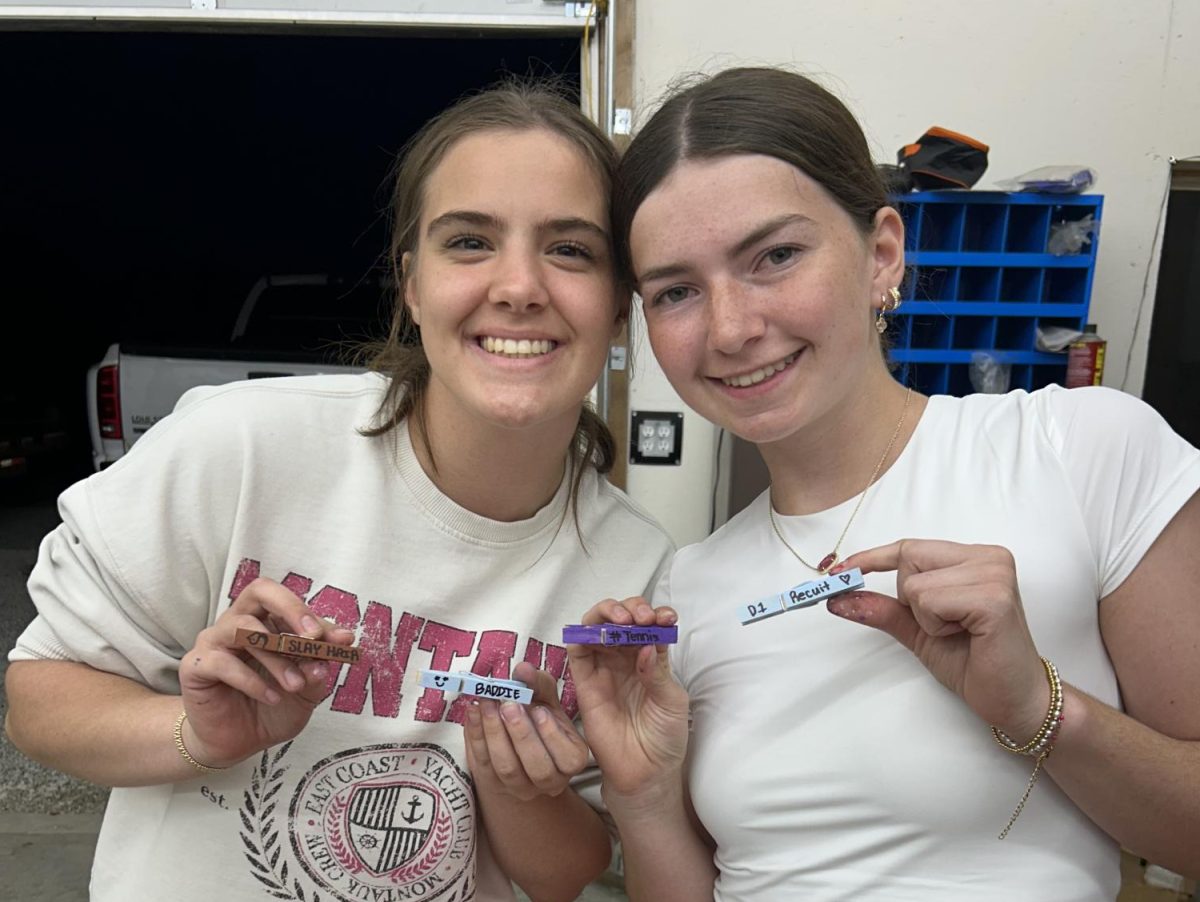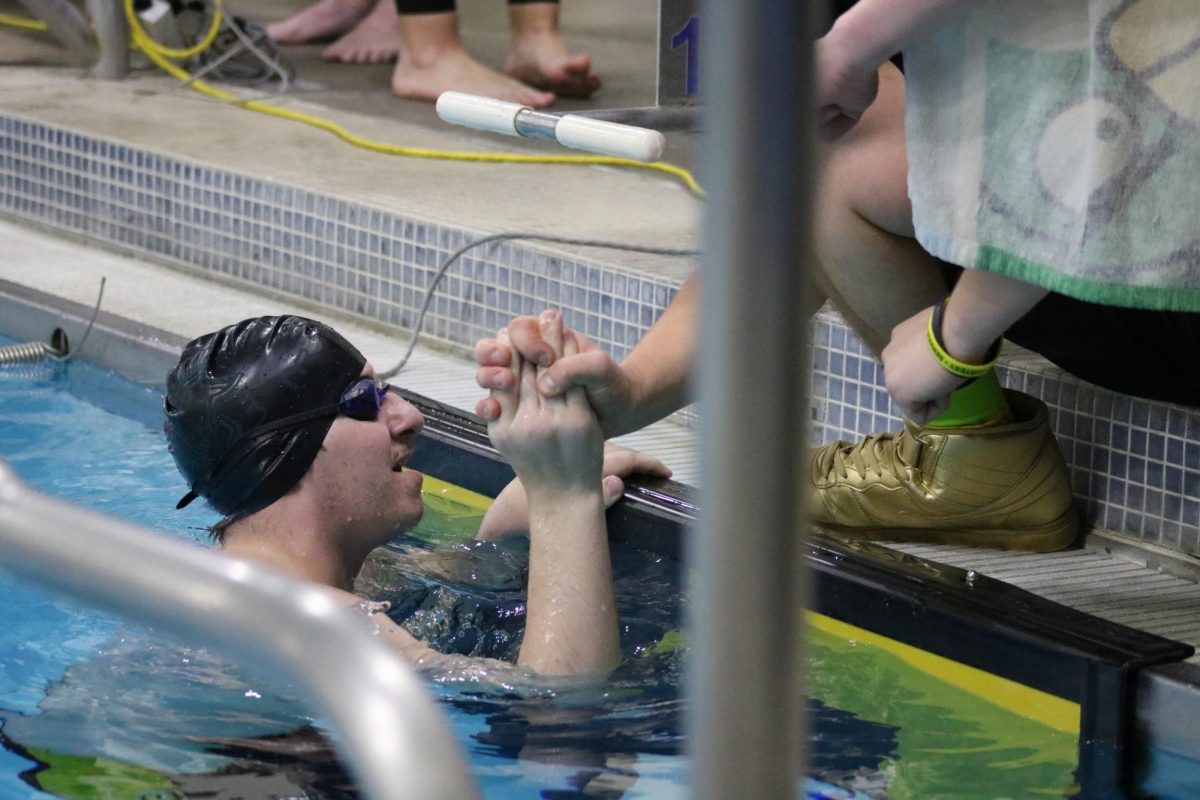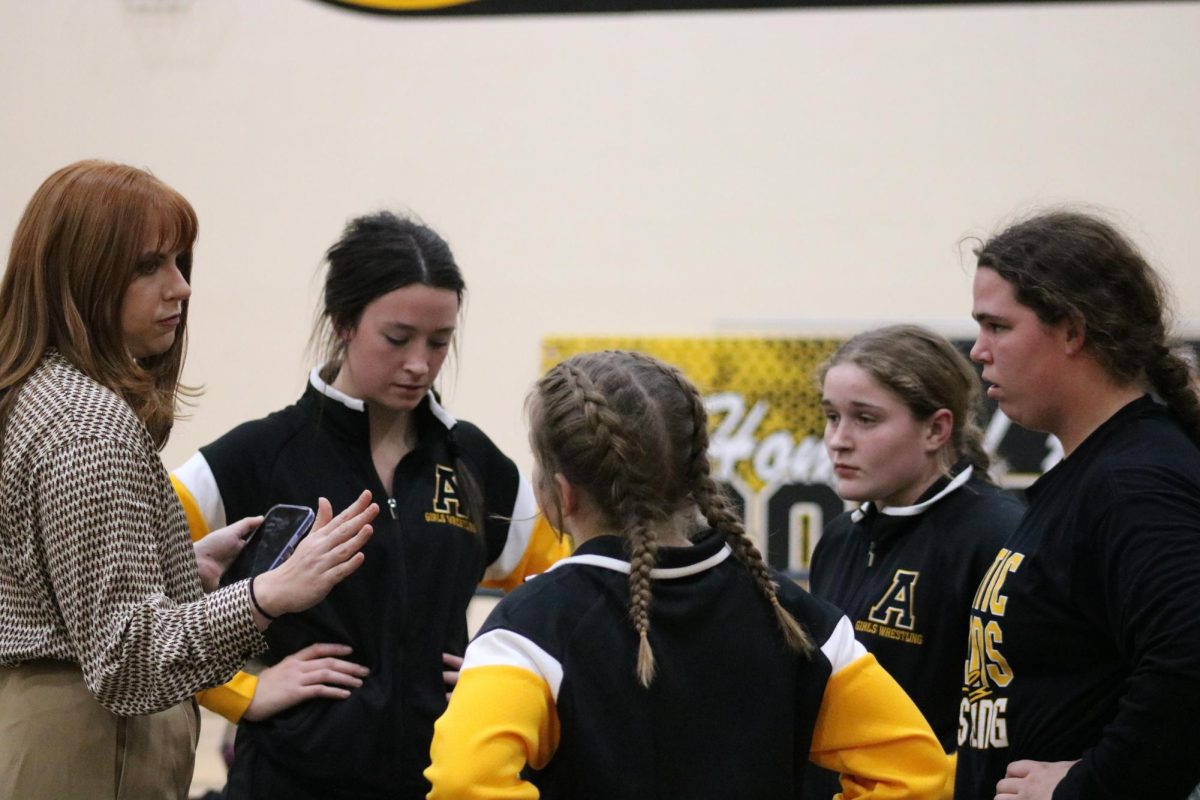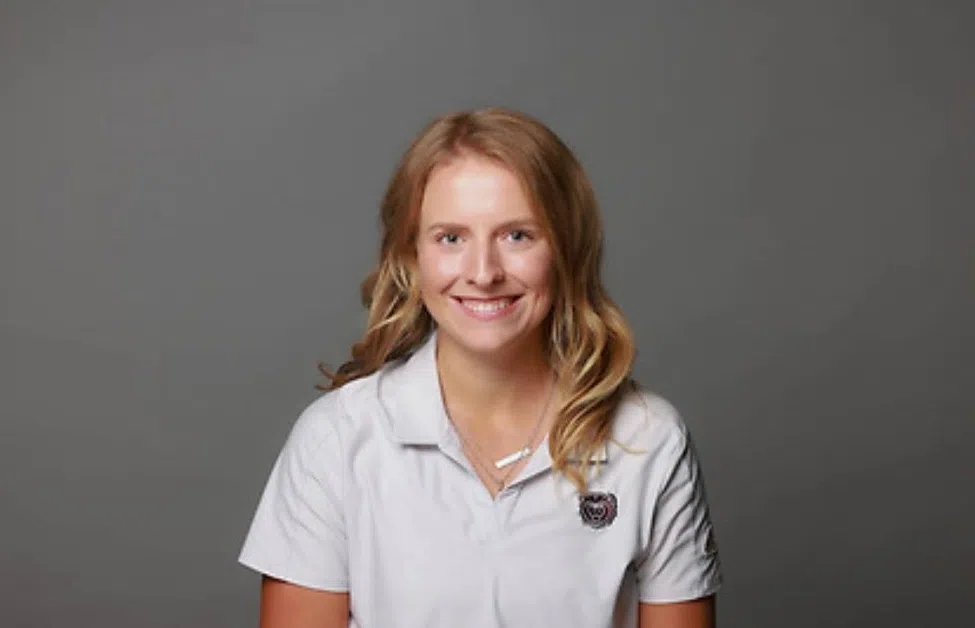Empowering Today to Lead Tomorrow
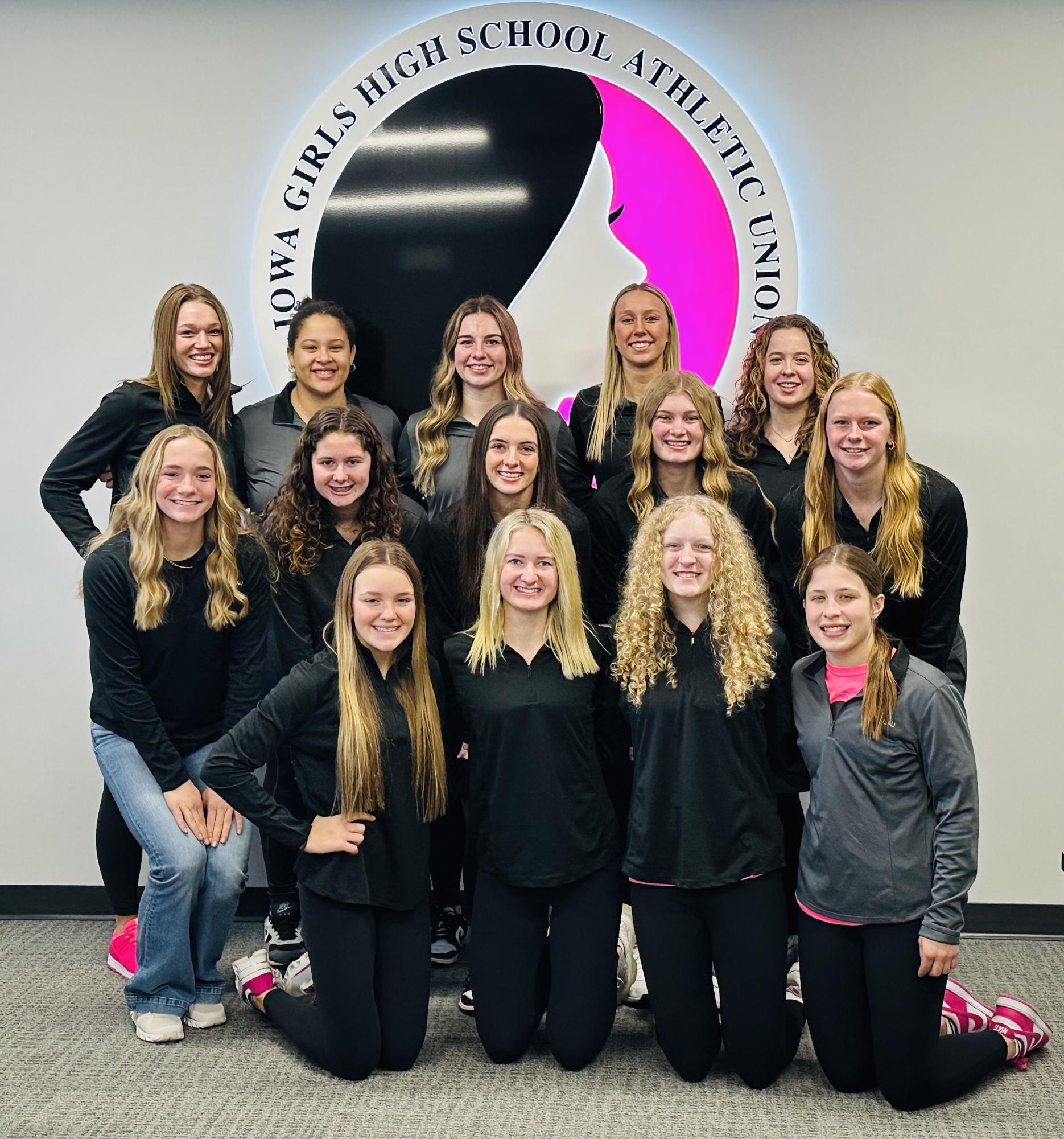
It’s been 52 years since Title IX opened the door to equality in women’s athletics. Since 1972, Iowa has taken tremendous strides in improving girls’ sports. Looking back we recognize how far we’ve come–and how far we still have to go. While we love celebrating women’s sports accomplishments, we often forget to reflect upon who blazed the trail for so many young women today.
As a member of the Iowa Girls High School Athletic Union (IGHSAU) Student-Athlete Advisory Committee, I had the opportunity to listen to Dr. Jean Berger, Former Executive Director of the IGHSAU, reflect on what the National Girls and Women in Sports Day means to her. Our committee of 14 girls from across Iowa met at the IGHSAU headquarters in Des Moines and we spent the day exploring how important five simple terms are to girls’ sports. The five terms were IGHSAU & 1927, Six-on-Six, Dr. E. Wayne Cooley, Title IX, and National Girls and Women in Sports Day. Most answers from the girls were short phrases or general definitions, but to Dr. Berger, the time allotted to explain them would never have been long enough.
She, and fellow IGHSAU director Jason Eslinger, started by explaining how the IGHSAU was started. In the 1920s, Iowa was one of the few states where girls could play high school basketball. It was very popular in the rural communities however, there were complaints from community members from larger schools about how basketball was too rough on women’s bodies. At a meeting of superintendents and principals, it was decided that competitive sports before paying crowds were only good for boys’ activities not for girls’. The union had banned state-sponsored girl’s basketball. This sparked outrage in communities and soon after the superintendent of Mystic, John W. Agans, responded to this by saying “Gentlemen, if you attempt to do away with girl’s basketball in Iowa, you’ll be standing at the center of the track when the train runs over you.” This led to the creation of their own organization separate from the Iowa High School Athletic Association. The Iowa Girls High School Athletic Union was formed in 1927.
The next term was Six-on-Six. Taylor Anderson, an IGHSAU assistant director, asked the committee if any of us had played Six-on-Six before. My hand shot up as we had tried a game of it during basketball practice last season. “It was terrible,” I said. I immediately regretted this after I had said it, because Dr. Berger’s head whipped around and stared at me. “It was so difficult,” I instantly responded. I didn’t understand at the moment why she was so offended by my statement but soon she started explaining what Six-on-Six meant to her.
Six-on-Six had two courts, and three players of each team on a side. There were forwards and there were guards. Forwards job was to receive the ball from the other side of the court and try to score. A guard’s job was to defend this on the other side. There were rules like only two dribbles, one can only hold it for three seconds, and no contact with the opposing players in a certain area. Only forwards could shoot the ball and the guards never scored because they never crossed the half-court line. Anderson said, “My kids always think it’s crazy their aunt was All-State and didn’t have a career point.” But this was how the game worked. As Dr. Berger explained it, “People loved it because it was so fast-paced and offensively heavy.” Dr. Berger herself stated that she averaged 44 points a game her senior year and she wasn’t even in the top 75 girls in the state. Fellow player, Jan Jensen, of Kimballton, averaged 65.7 points per game her senior year. Most importantly though, Dr. Berger said, “It was ours, only ours.”
However soon the game wasn’t theirs anymore. People complained that their daughters were at a disadvantage in college basketball recruitment. At the next level, they only played Five-on-Five, so players coming from Iowa didn’t know how to play the game. So for a short time, Iowa Girls Basketball transitioned from Six-on-Six to Five-on-Five. This was an interesting period because they played both versions of the game and had two state tournaments for a while. Eventually, in 1994, the last game of Six-on Six was played and the union made the switch completely to Five-on-Five girls basketball.
“The Iowa Girl will tell you what she wants.” This was said by Dr. E. Wayne Cooley, a legendary name in Iowa girl’s sports. Dr. Cooley helped the IGHSAU become the nation’s trailblazer in girls’ athletics. Dr. Cooley took over as executive director in 1954. Right away he addressed the issues he saw in the union, including the fact there was only one activity sanctioned- basketball. Throughout his time in charge, he sanctioned eight new sports for the Iowa Girl. These included track and field, cross country, softball, golf, swimming, tennis, volleyball, and soccer. As Dr. Berger put it, “He was a money man, he knew how to create the most funds to put towards the IGHSAU.” This was shown when he sanctioned volleyball in 1970. “I think he was a little mad that volleyball was becoming so popular because that meant he had to do away with fall softball, which was a big money maker.” Dr. Cooley was known for his changes made to the State Basketball Tournament. He helped the tournament become televised and added halftime entertainment with high school dance teams.
The most memorable aspect of Dr. Cooley according to Dr. Berger wasn’t his accomplishments but instead the way he was respected. “He was always called Dr. Cooley, no one called him by his first name,” said Dr. Berger. “He knew what he wanted and he did it.” Dr. Berger also explained the marks he left on the IGHSAU. The red roses for the champions were his idea because his wife’s favorite flower was red roses.
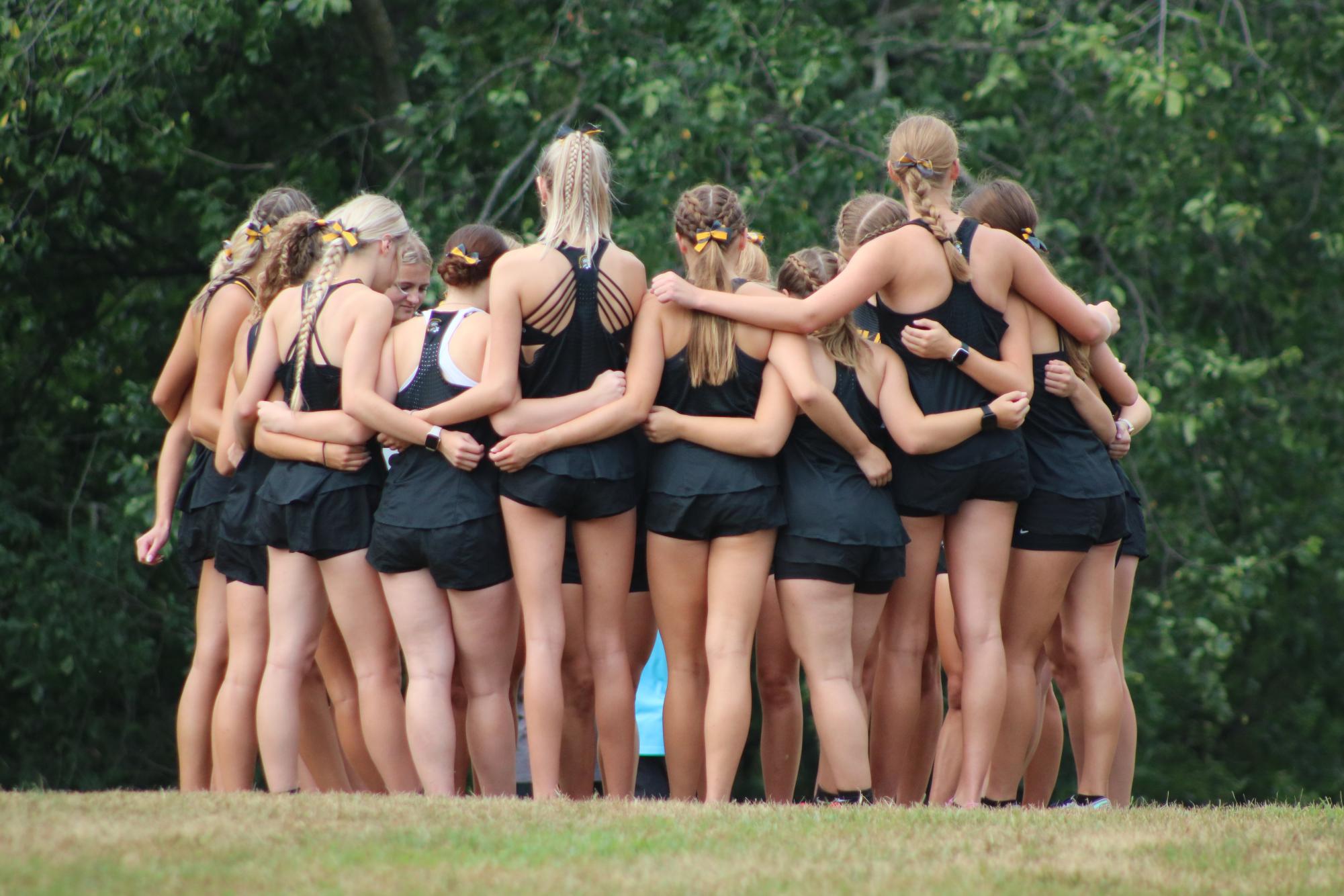
Title IX was game-changing for girls’ sports in Iowa. Although Title IX was originally an educational funding degree, it changed the way girl’s sports were treated. Dr. Berger started by asking Anderson how many boys he had on average on a football team. Anderson responded with 60-70 boys. Dr. Berger looked at us and said, “What girl’s sport has that much participation?” She explained that although the school isn’t required to have that many girls on a team, they are required to provide for those numbers if there happens to be that much participation. She further explained this by telling a story about her daughter. Her daughter had played on Valley High School’s freshman basketball team and the school didn’t have enough uniforms for the girls that went out. This resulted in girls getting cut from the team. Dr. Berger herself went to the athletic director and asked why they couldn’t provide more uniforms. The athletic director responded with the excuse they didn’t have enough money. Dr. Berger then asked what would happen if this was the freshman football team and the AD immediately responded that there were plenty of uniforms for them. This was a violation of Title IX.
She further explained that there are three branches included in the bill. The three branches are transportation, facilities, and participation. As a committee, we sorted through all of the Title IX violations in our own schools. The feeling of anger and empowerment in the room was like no other. It was unbelievable how many violations had snuck in unnoticed for so many years. Title IX truly changed the way girl’s sports were treated and continues to have its effect today.
The last term was National Girls and Women in Sports Day. The committee reflected on what this day meant to each of us but more importantly, what it meant to the future of girls sports.
After the meeting was over, I left the conference room feeling more empowered than I ever had. I realized how far girls sports had come over the years but I was aware of the work still left to be done. I was most impacted by how passionate Dr. Berger was about what she did. I could tell how personal each term was to her by the way she talked about it. When she explained each term, the room was silent. Everyone, including the other directors, was intently listening to every word. Erin Gerlich, the new Executive Director said, “There were things she talked about that I had no idea happened.” However impactful the meeting was for me, the words Dr. Berger spoke wouldn’t have had any effect if I didn’t do my part in passing them on to other girls and women. I am proud to be an Iowa Girl and I am excited for the future of Iowa girls athletics.


